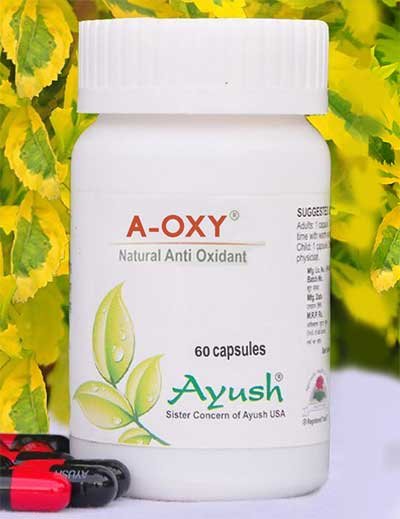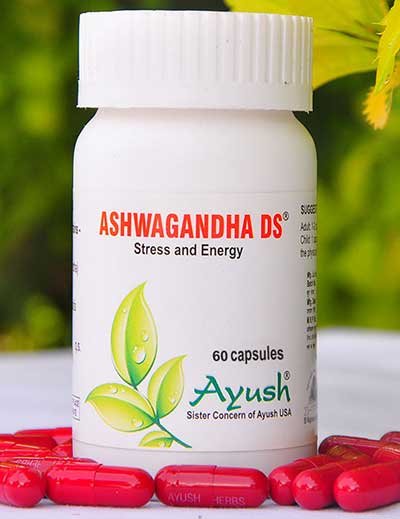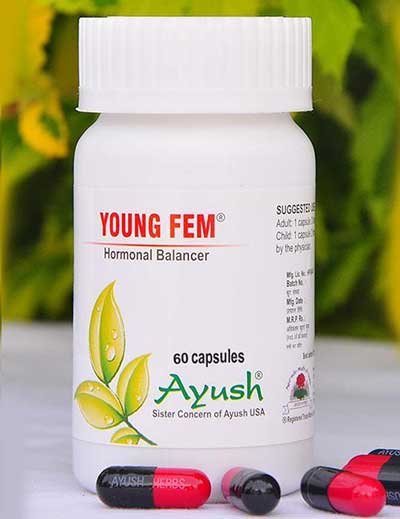What is Endometriosis?
Endometriosis is the abnormal growth of endometrial tissue similar to that which lines the interior of the uterus, but is located outside of the uterus. Areas of endometrial tissue found in ectopic locations are called endometrial implants. These lesions are most commonly found on the ovaries, the Fallopian tubes, the surface of the uterus, the bowel, and on the membrane lining of the pelvic cavity.
What are the sign and symptoms of Endometriosis?
The symptoms of this condition tend to be worse around menstruation periods. The intensity of the pain can vary from month to month, and can vary greatly among affected individuals. Some women experience progressive worsening of symptoms, while others can have resolution of pain without treatment.
Signs and symptoms include:
- Pelvic pain
- Increased pain during periods and intercourse
- Pain with bowel movements and urination
- Irregular and heavy menstruation or bleeding between periods
- Fatigue
- Diarrhea
- Bloating
- Constipation
- Low back pain
- Intense cramping
- Pain with pelvic examination, lower abdominal pain
- Painful urination
- Blood in urine
If endometriosis is left untreated, it may lead to infertility. There’s a slight increased risk of ovarian cancer or adenocarcinoma in people with a history of endometriosis.
What is the concept of Endometriosis as per Ayurveda?
According to the Charak, there are twenty types of Yoni Vyapat or gynecological disorders, some of which seem to have similar symptoms like endometriosis. In case of endometriosis there is presence of symptoms of all the three doshas, hence we can correlate endometriosis with sannipataj yoni vyapat.
Endometriosis has Kapha dosha vitiation, due to which there is increasing buildup of cells and overgrowing like a tumor or a mass. Endometriosis can also be thought of having Pitta dosha vitiation because of the involvement of blood, hormones, and menstruation. There is Vata dosha vitiation also involved in a number of ways. Like the painful nature of endometriosis then, there is the involvement of Apana Vayu in the downward movement of menstrual flow, which is already disturbed in endometeriosis. Also the displacement of endometrial cells from their original location in the uterus to places outside,which is prime and most supportive sign of vata involvement.
Therefore, endometriosis is a Sannipatika condition involving all three doshas although the proportion of each may vary to a certain extent according to the individual patient.
What is the Ayurvedic detoxification for Endometriosis?
- According to Ayurveda, it is a chronic disease, caused by toxins (Ama) accumulated in tissues and start to disrupt the delicate balance of the tissues.
- Toxic build up obstruct the channels of circulation and elimination in the affected areas. This blockage distorts proper nutrition from reaching the tissues and also prevents the removal of the tissue waste. As a result of this toxic buildup, the natural defenses get lowered and the natural biological rhythms (dosha balance) also get disrupted.
- In Endometriosis or Endometioma the process of tissue formation at the uterus, its stability before and after periods and elimination of waste products to stimulate fresh tissue gets disrupted. This happens due to various factors which may range from lifestyle, food to congenital and acquired defects in terms of immunity and organ weakness.
- Our approach is to settle down the balance of the Doshas, Dhatu and Agni along with the removal of toxic build up (Ama) by internal medications and Specialized Panchkarma therapies as per patient’s condition’s. So that we can remove the cause from its roots and correct the pathology by systemic cure.
How to diagnose the Endometriosis?
- Pelvic examination. During a pelvic exam, doctor manually feels (palpates) areas in your pelvis for abnormalities, such as cysts on your reproductive organs or scars behind your uterus. But this is not of much use, scaring is tough to palpate. In case of cysts or larger growths it is bit useful.
- Ultrasound. This test uses high-frequency sound waves to create images of the inside of body either by pressing against abdomen or inserting through vagina (transvaginal ultrasound). Both types of ultrasound may be done to get the best view of your reproductive organs. Ultrasound imaging won’t definitively tell your doctor whether you have endometriosis, but it can identify cysts associated with endometriosis (endometriomas).
- Magnetic resonance imaging (MRI). An MRI is an exam that uses a magnetic field and radio waves to create detailed images of the organs and tissues within the body. It can give detailed information about the location and size of endometrial implants.
- Laparoscopy. A procedure (laparoscopy) that allows the surgeon to view inside the abdomen under general anesthesia. Surgeon makes a tiny incision near the navel and inserts a laparoscope to see signs of endometrial tissue outside the uterus.
What is the prognosis of Endometriosis?
There is no cure for this condition, but it can be managed with comprehensive care. Hence a management treatment plan includes great care and a healthy lifestyle with good food, Yoga / Meditation along with the herbal supplements.
Since endometriosis is a condition of Ama accumulation, the treatment focuses on detoxification or Shodana therapy in order to remove the Ama and get the doshas back into their original balance as per the prakriti (constitutions). After that most importantly Agni can be co-correlated to liver and endocrine functions are corrected and tonified as it has important role in menstruation and hormone production.
With our classical Ayurvedic treatment plan of panchkarma and rasayana therapies, patient shows good prognosis .It’s always easy to treat when the onset is recent.
What food and supplements helpful for Endometriosis?
Foods that can influence hormone regulation, particularly estrogen balance, can negatively affect those with endometriosis. In addition, avoid or limit foods that may promote inflammation in the body and lead to further pain or progression of the disorder. These foods include:
- alcohol
- caffeine
- gluten
- red meat
- saturated and trans fat
To fight inflammation and pain caused by endometriosis, it’s best to consume a nutrient-dense, well-balanced diet that’s primarily plant-based and full of vitamins and minerals. Add these to your diet:
- Fibrous foods, such as fruits, vegetables, legumes, and whole grains
- Iron-rich foods, such as dark leafy greens, broccoli, beans, grains, nuts, and seeds
- Foods rich in essential fatty acids, such as salmon, sardines, herring, trout, walnuts, chia, and flax seeds
- Antioxidant-rich foods found in fruits and vegetables, such as oranges, berries, spinach, and beets
Also keep a check, what are the foods which aggravates your symptoms .This may help you to avoid triggering up the symptoms by discarding those foods from your list.
What are the herbal supplements which can help to ease out Endometriosis?










Ayurvedic Panchkarma therapies roots off all the toxins from body and mind, fight aging and gives longevity of life.
DISCLAIMER: The contents of this document are the opinions of the author based on his/her Ayurvedic knowledge and experience. This document is meant for educational and awareness purposes not for diagnosis or treatment. The suggestions given here are based on the Ayurvedic knowledge and clinical experience. Please consult your Ayurvedic physician before implementing any change in your diet or lifestyle or in supplements.




